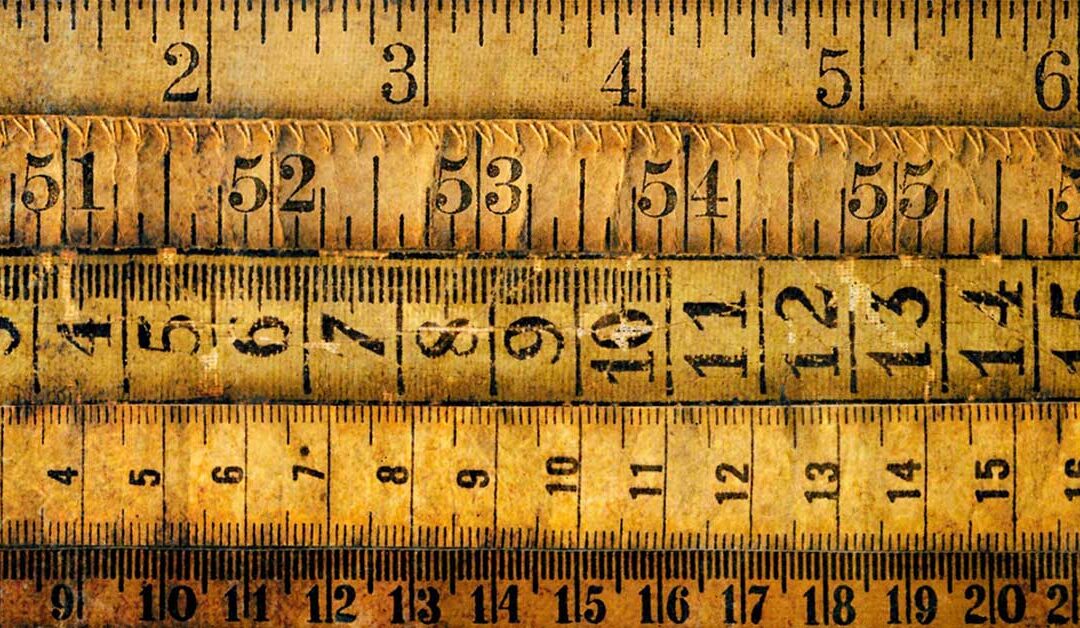Measuring History.
Measurement is a vital tool used in Architects’ daily design work, and it takes many years to become conversant with the key dimensions used in specific building designs.
Before the advent of the internet of everything, the Architects “bible” was the New Metric Handbook.

This compendium of dimensional detail covered a wide range of building types, providing Architects with the key information required to undertake the design of varied buildings.
Today numerous online resources such as dimensions.com provide reference databases of standard dimensions for objects and spaces that make up our world.
These standardised dimensions established over time would originally have been based on anthropometric data & ergonomics related to the human body and how it typically interacts with different objects or spaces.
Our early measuring systems were also based on the human body.

The cubit was one of the earliest units of measurement used during the exacting construction of the pyramids. It was equivalent to the length from the elbow to fingertips – 450mm in today’s world.
The foot, as the name suggests, was the length of an average man’s foot.
Originally an inch was equivalent to the width of a man’s thumb, later established as the length of 3 barley corns placed end to end.
A yard was adopted as the length of a man’s belt, then fixed as the distance from King Henry I’s nose to his outstretched thumb, and now adopted as 3 feet.
Given the variations inherent in the size of the human body, for thousands of years the standards of length were based on the body of the country’s ruler.

Ultimately as industrialisation developed, a more uniform system of measurement became necessary, and the metric system was established based on dimensions of the earth.
The metre was originally defined as 1/10,000,000 of the distance from the meridian at the north pole to the equator.
Today the standard measure is the distance that light travels in a vacuum in a defined fraction of a second.
Familiarity with key dimensional standards is essential for Architects in designing successful buildings.
Equally important is the ability to clearly convey this dimensional information to the builder and others, a topic we’ve explored previously in this blog: Reading Architectural Drawings 101 – Part B.

You might also be interested in...

The Most Popular Home Configurations in Australia in 2024
Discover 2024’s top Australian home configurations: bedrooms, bathrooms, and parking preferences. Explore how changing lifestyles shape popular house configurations nationwide.

Exploring Contemporary Applications of Brise Soleil
Contemporary applications of Brise Soleil combine functionality, aesthetics, and sustainability, making them a popular choice in various building designs worldwide.










